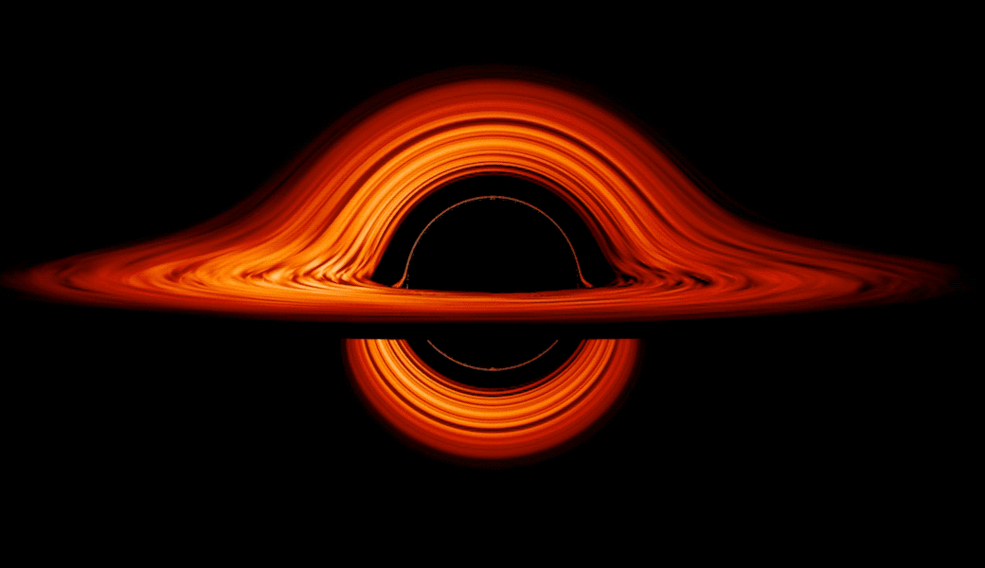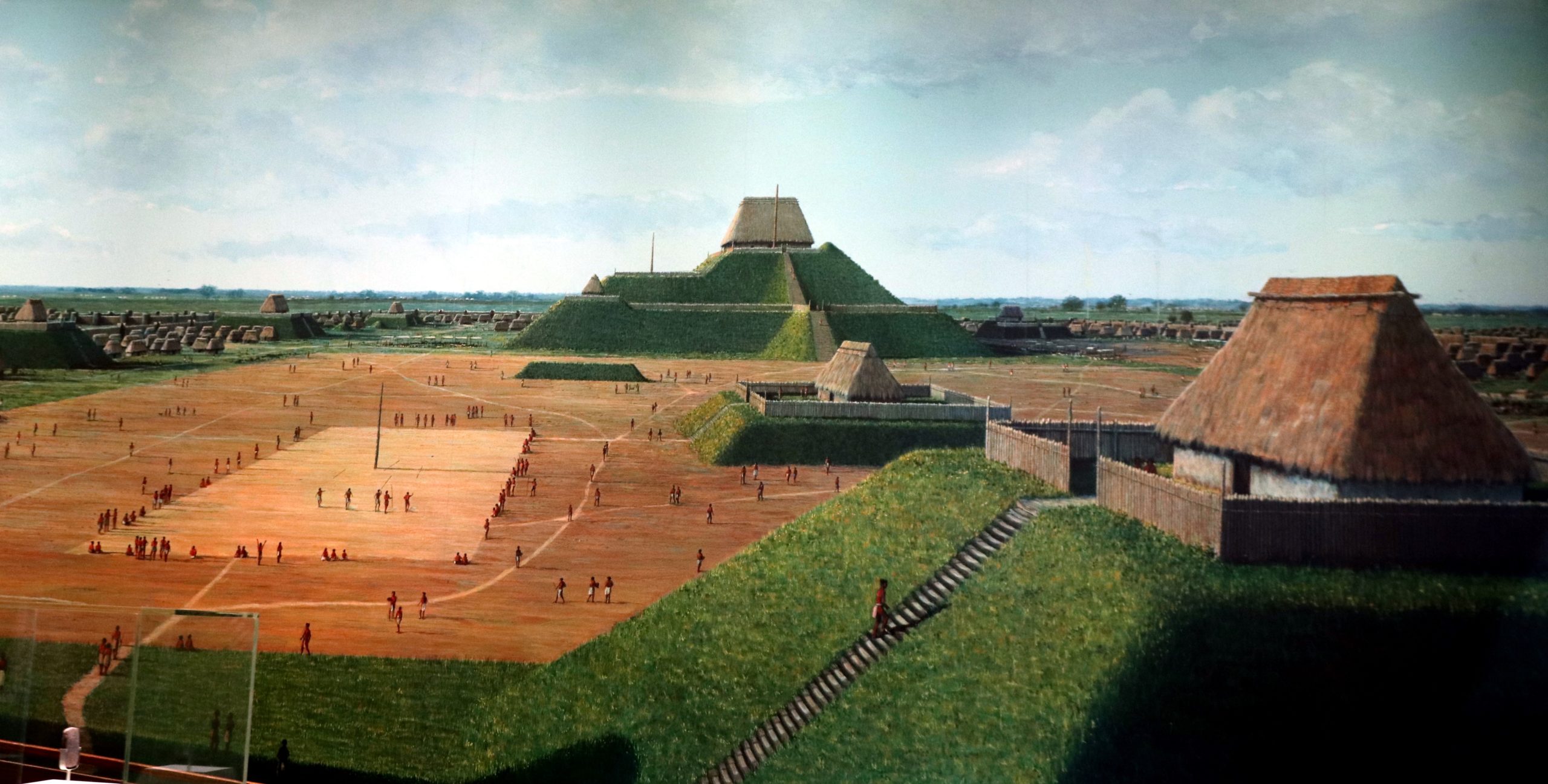
Instant Guide to BLACK HOLES
The Most Mysterious Objects in Space
Part of our ongoing Physics Friday series exploring gravity!
🎬 Video 1: NASA’s Guide to Black Hole Safety
- Meet the funny cartoon characters exploring space!
- Watch how they stay safe around black holes
- See the beautiful swirling colors and patterns
- Learn the black hole “safety rules” in a fun way!
- Different types of black holes and what makes them “fancy”
- How scientists study black holes from a safe distance
- The accretion disk – that glowing ring around black holes
- Why black holes are dangerous but also fascinating
- Real safety considerations for space exploration
- How NASA uses humor to teach complex astrophysics concepts
- References to real phenomena: tidal forces, event horizons, spaghettification
- The accretion disk’s structure and extreme temperatures
- Why black holes emit X-rays despite being “black”
- How the animation accurately depicts gravitational effects
🎥 Video 2: Journey Inside a Black Hole (360° VR)
- Beautiful swirling colors – orange, yellow, and bright lights!
- Everything spinning like a giant whirlpool in space
- The colors get brighter and brighter
- It looks like a cosmic rainbow!
- The accretion disk – that’s the glowing orange ring of hot gas and dust
- How light bends and warps around the black hole
- The sky looks like it’s being stretched and squeezed
- Everything gets brighter as you get closer
- At 42 seconds, you cross the event horizon – the point of no return!
- Notice how the entire view changes once you’re inside
- The accretion disk of superheated matter spiraling inward at nearly light speed
- Photon rings – images of the disk created by light that orbited the black hole one or more times
- Gravitational lensing effects – light bending in curved spacetime per Einstein’s equations
- Doppler shifting – structures brighten dramatically as the camera accelerates
- At 42 seconds: crossing the event horizon while traveling at nearly light speed
- Relativistic aberration – the entire sky appears to shift forward and shrink
- The camera completes almost two orbits before crossing the event horizon
- After entering, the camera would be destroyed by tidal forces 12.8 seconds later
⚛️ Gravity: From Falling Apples to Black Holes
Remember learning about gravity? Black holes have the STRONGEST gravity in the whole universe!
Let’s Review Gravity:
- Gravity pulls things down to the ground
- Bigger things have stronger gravity
- The Moon’s gravity is weaker than Earth’s
- The Sun’s gravity is much stronger than Earth’s
- Black holes have the STRONGEST gravity of all!
Think of it like a magnet – but instead of pulling metal, gravity pulls EVERYTHING. Black holes are like super-duper-ultra-mega magnets that even pull light!
Black holes are the ultimate example of gravity – the force we’ve been learning about in Physics Friday!
🍎 Gravity Review: From Newton to Black Holes
- On Earth: Gravity pulls everything toward the ground at 9.8 m/s²
- The Moon: Has about 1/6th of Earth’s gravity (remember the meteor shower lesson!)
- The Sun: Has 28 times Earth’s gravity – that’s why planets orbit it
- Black Holes: Have gravity so strong that even light can’t escape!
How Much Mass Makes a Black Hole?
Remember: the more massive something is, the stronger its gravity. When a star at least 20-25 times more massive than our Sun dies and collapses, all that mass gets squeezed into a tiny space. That creates incredibly strong gravity – strong enough to trap even light!
Black holes represent the most extreme manifestation of gravity in the universe – where Einstein’s General Relativity shows us that gravity isn’t just a force, but a curvature of spacetime itself.
⚛️ The Physics of Gravity: A Review
Newton’s Law of Universal Gravitation: F = G(m₁m₂)/r²
- Gravity is proportional to mass and inversely proportional to distance squared
- Earth’s surface gravity: 9.8 m/s²
- Solar surface gravity: 274 m/s²
- Stellar-mass black hole event horizon: gravity approaches infinity
From Newton to Einstein: Understanding Black Hole Gravity
While Newton’s equations work well for everyday gravity, black holes require Einstein’s General Theory of Relativity. Einstein showed that massive objects don’t just “pull” on things – they actually curve the fabric of spacetime itself.
Escape Velocity and Black Holes:
Remember from our meteor studies that escape velocity is the speed needed to break free from gravity:
- Earth’s escape velocity: 11.2 km/s
- Sun’s escape velocity: 617.5 km/s
- Black hole event horizon: escape velocity = speed of light (299,792 km/s)
- Beyond the event horizon: escape velocity exceeds the speed of light – physically impossible!
Gravitational Physics in Action
Black holes demonstrate several key physics concepts we’ve explored:
- Mass concentration: All the mass compressed into an infinitesimally small point (singularity)
- Gravitational potential energy: Objects falling into black holes convert potential energy to kinetic energy, heating accretion disks to millions of degrees
- Orbital mechanics: Material orbits the black hole following Kepler’s laws before spiraling inward
- Tidal forces: The differential gravity between near and far sides of an object (spaghettification)
What Is a Black Hole?
🌀 A black hole is like space’s biggest whirlpool! 🌀
Imagine this: You know how water goes down the drain in your bathtub? It swirls and swirls and everything near it gets pulled in? A black hole is like that, but in space!
Black holes have super-duper strong gravity – so strong that they pull in everything nearby, even light! That’s why they look black – the light can’t escape to reach our eyes.
Black holes are regions in space where gravity is incredibly powerful – so powerful that nothing can escape once it gets too close!
🎯 The Event Horizon
The “point of no return” around a black hole is called the event horizon. Once something crosses this invisible boundary, it can never come back out – not even light, which is the fastest thing in the universe!
Since light can’t escape, black holes appear completely black. That’s how they got their name!
How Do Black Holes Form?
When a very massive star (much bigger than our Sun) runs out of fuel, it can collapse in on itself. The star’s core gets squished down into an incredibly tiny, super-dense point. All that mass in such a small space creates tremendous gravity – and that’s how a black hole is born!
The Accretion Disk
The beautiful glowing ring you see in the NASA videos is called an accretion disk. It’s made of gas, dust, and other material swirling around the black hole at incredible speeds. This material gets super hot (millions of degrees!) which makes it glow brightly in orange, yellow, and white colors.
Black holes are regions of spacetime where gravitational pull is so intense that nothing – not even electromagnetic radiation such as light – can escape from inside it. They represent one of the most extreme predictions of Einstein’s General Theory of Relativity.
Formation and Types
Black holes form when massive stars (at least 20-25 times the mass of our Sun) exhaust their nuclear fuel and undergo gravitational collapse. The star’s core implodes, and if the remaining mass is sufficient, it creates a singularity – a point of infinite density surrounded by an event horizon.
Two Main Types:
- Stellar-Mass Black Holes: 3-100 solar masses, event horizon radius of just a few miles
- Supermassive Black Holes: Millions to billions of solar masses, found at the centers of most galaxies including our own Milky Way
The Event Horizon and Schwarzschild Radius
The event horizon is the boundary beyond which the escape velocity exceeds the speed of light. Its radius (the Schwarzschild radius) is calculated by: r = 2GM/c²
Where G is the gravitational constant, M is the black hole’s mass, and c is the speed of light. For a black hole with our Sun’s mass, this radius is only about 3 kilometers!
Spaghettification: Tidal Forces
Near a stellar-mass black hole, the difference in gravitational pull between your head and feet (if falling feet-first) would be extreme. This differential force – called tidal force – would stretch you into a long, thin shape like a noodle. Scientists call this “spaghettification.”
Why Supermassive Black Holes Are Different: With supermassive black holes, the event horizon is so far from the center that tidal forces at the horizon are relatively mild. A person could theoretically cross the event horizon of a supermassive black hole without being torn apart – at least initially. However, they would eventually be destroyed closer to the singularity.
Accretion Disks and Photon Rings
The glowing accretion disk consists of matter spiraling inward, heated to millions of degrees by friction and compression. The disk emits intense radiation across the electromagnetic spectrum.
The thin rings visible inside the disk in the NASA simulation are photon rings – these are images of the disk produced by light that has orbited the black hole one or more times before reaching the observer. This occurs due to extreme gravitational lensing.
Relativistic Effects
As the simulated camera accelerates to nearly light speed, several relativistic effects become apparent:
- Doppler Shifting: Objects in the direction of travel brighten dramatically
- Aberration: The entire sky appears to shift forward
- Time Dilation: Time passes differently near the event horizon compared to distant observers
- Gravitational Lensing: Images duplicate, warp, and form mirror images
Could Humans Study a Black Hole Up Close?
According to physicists Leo and Shanshan Rodriguez from Grinnell College, a human could theoretically enter a supermassive black hole under specific conditions:
- The black hole must be supermassive (tidal forces are weaker)
- It must be isolated (no dangerous accretion disk)
- The explorer cannot report findings back (information cannot escape the event horizon)
📚 Sources & Credits
Video 1 – NASA’s Guide to Black Hole Safety:
- Producer, Animator & Writer: Chris Smith (USRA)
- Scientist: Travis C. Fischer (USRA)
- Science Writer: Jeanette Kazmierczak (University of Maryland College Park)
- Released: September 23, 2019
- Part of NASA’s “Traveler” series
Video 2 – Black Hole 360° VR Visualization: Created by NASA’s Goddard Space Flight Center, Scientific Visualization Studio. Simulation by Jeremy Schnittman and Brian Powell. Music by Thomas Daniel Bellingham. Public domain.
Scientific Content: Based on “Could a human enter a black hole to study it?” by Leo Rodriguez and Shanshan Rodriguez, Grinnell College. Originally published by The Conversation under a Creative Commons license.
Educational Content: Curated by This Month™ for Black Hole Friday 2025.
This educational guide is designed for grades K-5 and is intended for classroom and home learning use. Black holes are studied from safe distances using telescopes and scientific instruments.






